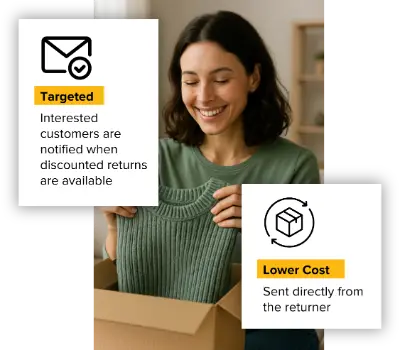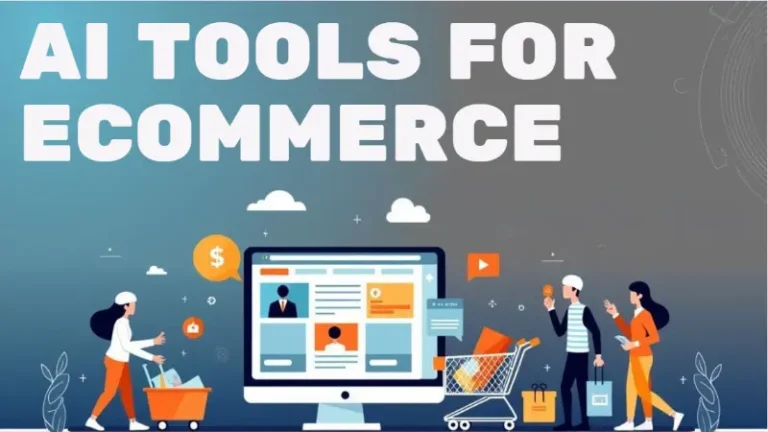Is Shopify Worth It?

Last updated on February 16, 2022

Since 2020, there’s been massive growth in e-commerce. While on the surface this shift benefits any company with an e-commerce platform, many brands still find it challenging to compete against marketplace giants Amazon and Walmart. Even with sophisticated tools like Shopify, brands struggle to gain a foothold in their direct-to-consumer approach when larger platforms have the traffic and order fulfillment infrastructure to offer lower prices and faster shipping. In such an unlevel playing field, is it even worth it to develop a direct-to-consumer ecommerce platform? Put more simply: is Shopify worth it?
Is Building a Shopify Website Worthwhile?
In the webinar titled “Are Shopify Websites Worthwhile”, Cahoot CEO Manish Chowdhary speaks with representatives from successful direct-to-consumer brands Boogie Board and JumpOff Jo to discuss Shopify pros and cons, learning how these brands capitalize on what Shopify has to offer for direct-to-consumer marketing. This discussion uncovers three key takeaways:
- Different e-commerce platforms offer different advantages
- Letting go of the “us vs. Amazon” mentality fuels growth
- Successful brands implement platform-specific strategies
Pros That Make Shopify Worth It
In examining Shopify pros and cons, Boogie Board Marketing Director Katelyn Stiver identified a key benefit of this direct-to-consumer platform: immediate access to customer data. On Amazon, sellers can view only aggregated and anonymous sales data. As the owner of the marketplace, Amazon keeps customer information to itself. On Shopify, sellers gain much more visibility into shopper buying behavior and demographics.
Additionally, Stiver pointed out the difference in time it takes to build sales momentum for new products. On Amazon, it can take 6-8 months to see significant sales of a product. They gain the same momentum on Shopify in just 2-4 weeks. The massive difference is due largely to the highly competitive Amazon landscape, whereas a seller’s Shopify store has no immediate competition once shoppers reach it.
Companies like Boogie Board can see who is buying on their Shopify store to immediately make informed decisions for targeted marketing and direct-to-consumer advertising campaigns. “It doesn’t take long to start getting that data and using it, so it’s incredibly worth it,” explains Stiver.
Make Returns Profitable, Yes!
Cut shipping and processing costs by 70% with our patented peer-to-peer returns solution. 4x faster than traditional returns.
See How It WorksDirect-to-Consumer Helps Create Winners
This direct, immediate feedback can also supercharge a brand’s product development. As Stiver explains, a lot of people still think the best way to launch a product is to go directly to Amazon. Shopify offers a better start, while launching on Amazon simultaneously ensures long term growth. “Put everything on every platform and watch how customers behave,” she says.
This gives direct-to-consumer platforms like Shopify value when testing new products, exclusive offerings, and targeted messaging for an already established brand. The customer data reveals which products have the potential to do well on Amazon long before sales in that marketplace gain traction.
Tailored Products and Messaging
Utilizing Shopify also gives brands the opportunity to feature a full catalog of products on their own website instead of relying exclusively on the handful of products that do well on Amazon. As Chowdhary points out, Amazon shoppers tend to be in “price-shopping mode,” which means lower-priced products tend to do better. By contrast, higher-priced, premium products do better on direct-to-consumer sites.
As Denise Abraham, GM of Private Label at Kaspien, points out, this means brands could promote different products and unique messaging for each e-commerce platform. “We’re pushing our consumers to targeted listings based on customer data,” she explains. “We’re even entertaining the idea of using the data to make products specific for each market.”
Developing Strategies to Stay Competitive
Shopify is growing, which means there is an appetite among customers to buy directly from brands. That said, progressive brands need to look at what will happen down the road. If the Marketplace is going to continue to dominate, strategy must reflect that. It is not possible for most brands to achieve the same low-cost, fast-shipping experience as Amazon or Walmart without help from an industry-leading Shopify 3PL.
For brands to take advantage of what different e-commerce platforms have to offer, they must let go of the “us vs. them” mentality. Price-driven customers will always gravitate toward Amazon and Walmart. If a brand is not identifying best-selling products and launching them on these marketplaces while simultaneously building a direct-to-consumer line with Shopify, they are missing out on a huge market. “If you sell on both platforms and your customer starts on your site then purchases on Amazon, it’s no biggie,” says Stiver. “You might lose the customer data, but you still get the sale.”
Using Shopify to Grow in All Markets
Tools like Shopify provide immediate data and feedback. This helps identify which products will perform better on different platforms, giving brands the option to build growth on their own website as well as Amazon. While some consumers want the best price possible, others prefer to purchase directly from a brand they trust and recognize, valuing intimacy and exclusivity over low prices. Companies like Cahoot offer an extensive US fulfillment center network to help brands match pace with the retail giants, making it easier than ever to build and maintain a direct-to-consumer platform for exclusive product lines and the intimate experience some customers crave.
Convert Returns Into New Sales and Profits
Our peer-to-peer returns system instantly resells returned items—no warehouse processing, and get paid before you refund.
I'm Interested in Peer-to-Peer ReturnsBuilding a Better Customer Experience
Successful brands make sure the customer has the best experience possible, regardless of where they shop. Thrifty customers want the best price for a given product, while customers who prefer a premium experience want to interact directly with the brand to ask questions and gain access to exclusive products. A robust direct-to-consumer website boosts brand’s credibility and allows it to tell its story more accurately before expanding onto larger platforms.
The ability to craft a brand story that resonates with customers and offer exclusive products and an intimate shopping experience are huge benefits of Shopify. Everything from product development to brand voice and messaging can be fine-tuned before being released into the wild of the marketplace. By utilizing different strategies across multiple e-commerce platforms, brands can leverage the massive infrastructure and consumer reach of Amazon and Walmart while still maintaining a direct line to customers through Shopify.


Turn Returns Into New Revenue


 6 minutes
6 minutes

